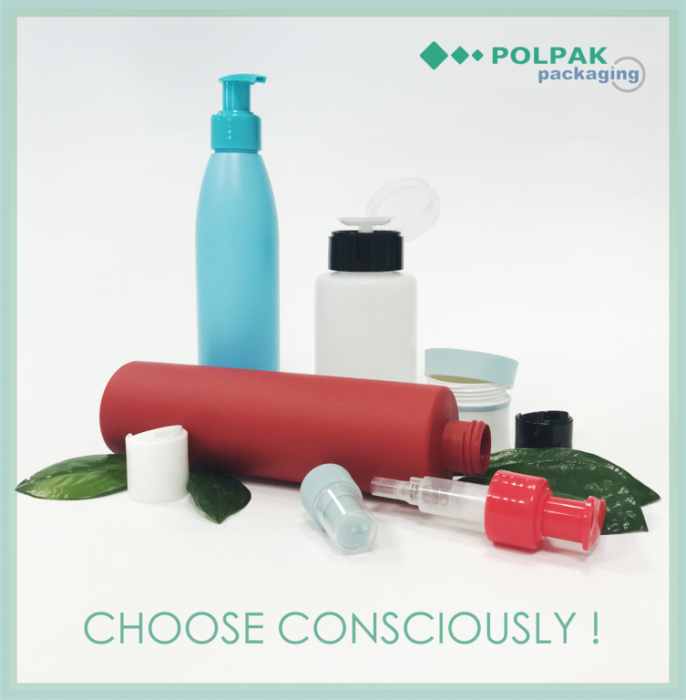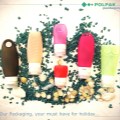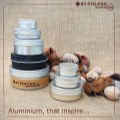If this is your company, CONTACT US to activate Packbase™ software to build your portal.


The amount of waste we produce increases every year. According to Eurostat, in 2016 a statistical European produced approx. 480 kg of waste, out of which 47% was recycled. That number is naturally just an average and the value varies by country.
A major part of it is plastic and unfortunately a lot of it is still stored in landfills. Recycling and ecology are recently one of the main topics discussed internationally, primarily because of the fact that waste production is a growing issue. How does that all relate to packaging products? Has the present situation been caused by plastics as such, or is the consumers' missing awareness to blame?
First and foremost, while discussing plastic bottles, one can break these down into categories based on how critical they are for each specific industry that uses them. There can be a variety of reasons for use of plastics as a packaging material – and while some of them apply to the food industry, different ones may be at play for the chemical or cosmetics business. For example, the use of plastics rather than glass in milk bottles or in bottles for other beverages seems to have purely economic reasons, as opposed to shower cosmetics, which have to be bottled in plastic for reasons of consumer safety, as the risk of the bottle being dropped and broken in the shower or bathtub is too high.
In addition to that, the fragility of glass is an issue for transport and storage, which makes it necessary to use additional protective packaging materials, such as cardboard, generating additional costs and manufacturing effort. It is worth stressing that glass, which is far less toxic to the environment than plastics, should be recycled too. Unfortunately, in Poland the glass recycling rate is approx. 57%, which is still relatively low compared to the EU average, which exceeds of 70%.
Biodegradable and organic packaging options
Another type of packaging materials that has been gaining popularity in the recent years are biodegradable ones, which are often considered as an alternative to plastics. And even though the 'green' bottles and containers can often successfully substitute plastics in food industry, their use with household chemicals or cosmetics can pose a number of issues. Middle ground packaging solutions are being developed and experimented with, including ones made of bioplastics or consumable materials. Obviously, organic packaging is easy to use with organic contents. However, when it comes to cosmetics or cleaning agents, this is often impossible to use due to the risk of chemical reactions such a packaging might enter with some ingredients of its contents.
In the chemical and cosmetics industry, the packaging has a number of critical roles to fulfil (which you can read about here and here) and it is typically necessary to test it thoroughly for chemical stability and compatibility before it can be put to use with specific products. Where certain ingredients are used that guarantee long shelf life, product stability and efficiency, manufacturers choose the types of packaging material that ensures all the properties of the contents are preserved and whose reactivity with it is negligible.
In this context it is also worth emphasising how critical the choice of the right closure can be. As opposed to the bottle, which is a relatively simple device whose only role is to hold its contents and which can be manufactured with a minimum amount of material, the closure can have a relatively complex design and often includes a sophisticated mechanism that ensures the proper form and number of product doses that can be dispensed, depending on the customer's needs. The closure mechanism consists of a number of parts made of a variety of materials, which is the only way to ensure its optimum performance. It must be stressed that each type of closure can relatively easily be disassembled and most of its parts recycled. This is a bit of a consolation considering the fact there is currently no fully biodegradable alternative to bottle closures and their mechanisms.
Fortunately, the closure usually accounts for just a few per cent of the complete product. It is the content that is the largest and the most important part of what we buy, and a good packaging that protects and preserves it is essential to ensure its value to the consumer, the manufacturer and the environment. The world keeps searching for the ways to maximise consumption while providing maximum protection to the natural environment.
Finding that middle ground and the right balance is not easy. Building awareness and making informed choices can help a lot. Even though we know that plastics cannot be replaced as the packaging material in certain scenarios, we can still choose the type of packaging that can be recycled and reused. Some products we need to buy are only available in plastic packaging – still, segregating the empty containers properly is entirely up us. Small choices are important, as Confucius said: 'A journey of a thousand miles begins with a single step.' The journey we are on should lead us to a safe future of mankind and of our planet.





































